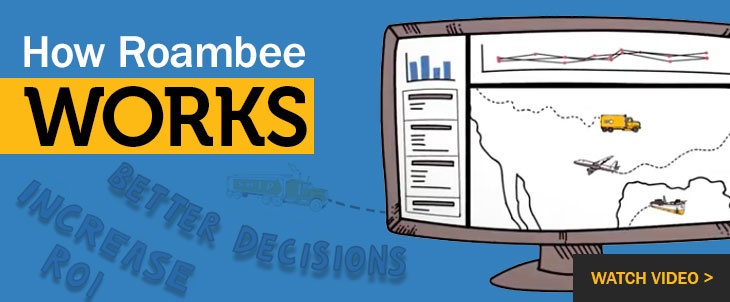Implementing real-time shipment monitoring to gain visibility across the supply chain is paramount for companies of all sizes. Many supply chain managers rely on their transporters to implement track-ability to improve efficiencies and reduce operational overheads. Find out why this practice of outsourcing the implementation of IoT visibility solutions to transporters or 3PLs is indeed a recipe for failure.
Mr.Vijay Nagariya, Head of Supply Chain at Hokey Pokey Ice Cream (a Drums Food initiative), faced a conundrum when he wanted to deploy shipment visibility and temperature condition monitoring, in compliance with regulatory norms, for highly perishable goods. His challenge was not uncommon to what his peers as supply chain managers usually face – ‘Who should implement and manage such shipment tracking and asset monitoring solutions – the organizations themselves or their transportation partners?’
How a Leading Ice Cream Manufacturer Took the Ice Out of its Ice Cream
We have observed that while striving to find an answer to this question, some managers tend to oversimplify the problem by making it a short-sighted decision based only on investment of time, effort, and money. Others may try to sit it out till push comes to shove.
The impact of being indecisive about the answer to this dilemma is bound to get worse as one accounts for GST (Goods and Services Tax). The new taxation paradigm in India is expected to influence organizations across the entire supply chain spectrum of manufacturing, logistics, and transportation to emphasize on getting higher visibility of their supply chain so that they have relevant insights needed to make right decisions at the right time. Any lag or wrong decision whatsoever may cost dearly.
Mr.Nagariya recalls this dilemma as a tough one. He realized that the challenges of outsourcing the implementation of visibility to transport providers would eventually outweigh its benefits in the longer run. In his own words:
“When we were investing in shipment visibility and condition monitoring in partnership with Roambee, the decision on whether to implement it by ourselves or to pass the responsibility on to our transporters was a tough one. After careful assessment of the pros and cons, we found that the benefits outweighed the outsourcing option by 5:1.”
For an organization, the foremost purpose of implementing a visibility solution is to realize its value completely and gain tangible ROI. Based on our rich experience of working with seasoned supply chain managers such as Mr.Nagariya and his peers, here are the top 5 reasons why outsourcing implementation of visibility solution to your transporter can hamper the very purpose of gaining measurable ROI and can hurt your organization in the long run:
- Inability to get maximum value from data: It is hard to have a unified dashboard across multiple transport vendors. Also since the transporter is operating the system, product upgrades and the newer reports that may add value to your business are seldom noticed.
- Conflict of interest: When the transporter controls the portal, the data reaching you could sometimes be re-purposed to suit the transporter’s agenda during times of SLA violations.
- Scalability: If you are using multiple transport vendors, each one may be using different hardware and software. It is difficult to ensure that each vendor reliably shares reports with you. They may all not have the right APIs to integrate into a single dashboard, making it difficult for you to consolidate reports and get the full picture.
- Continuity of service: A disruption to visibility is bound to happen when you switch to a new transporter. Payment delays by the transporter to the visibility vendor can also cause disruptions.
- Integrating into your enterprise ecosystem: Every transport provider may not have partnered with a visibility solution provider who can provide the right APIs to plug their software into your ERP/WMS/TMS systems. Further, your IT teams need to be involved in each visibility vendor’s integration, increasing the person-hours.
The operational cost of implementing an IoT solution in-house is much less when compared to the spend arising from outsourcing it to your transporter. Hence, the win-win approach is to find a visibility provider who can provide you with an on-demand business model, manage the IoT device reverse logistics, and make the service extremely light on your operations.
At Roambee, we have been helping more than 150 global customers implement visibility across their supply chain with less than 10% of the operational burden that one would incur with traditional GPS implementation. It is achieved by using our on-demand service model, vast reverse logistics network, and a completely managed services approach.











